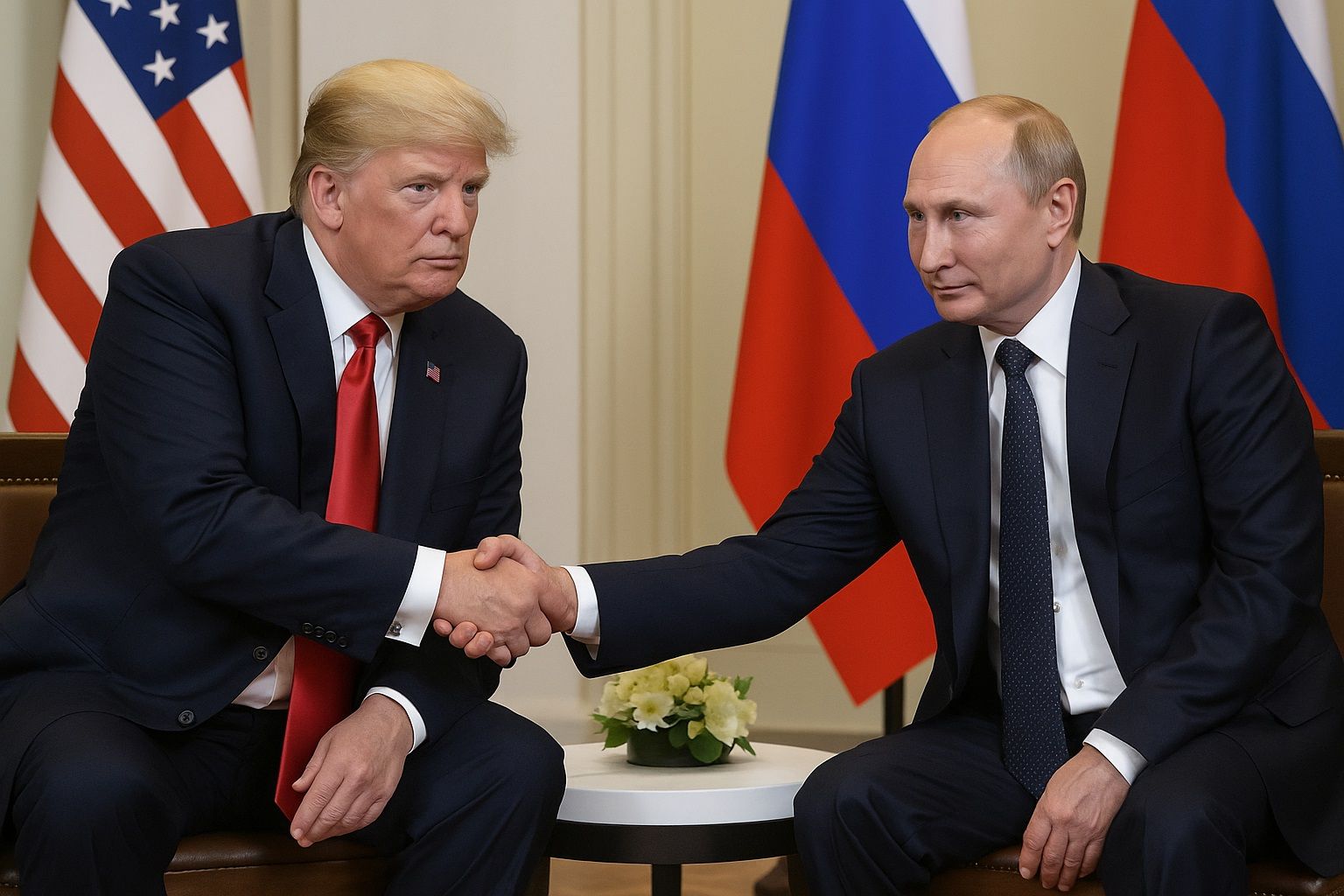
In the early stages of the trade escalation, there was a general consensus in India that Washington’s aim was to secure greater concessions, with many believing that Trump’s additional tariff threat was a strategic move to bring India back to the negotiating table. However, those hopes have been dampened in recent days.
Trump has signalled that further trade talks with India are unlikely unless a separate, sensitive issue is resolved—India’s ongoing oil imports from Russia, which he argues is “fuelling the war machine” in the Ukraine. When asked by journalists if the tariff decision would result in a renewed push towards finalising a bilateral trade agreement (BTA), Trump’s response was reportedly in the negative, which is seen in reference to his demand that India halt its oil purchases from Russia first.
The 25 per cent additional tariff imposed by Donald Trump on Indian goods is set to take effect from August 27.
According to some estimates, owing to increased tariffs, certain knitted garments could face duties as high as 64 per cent and woven apparels around 60.3 per cent.
The Trump-Putin meeting on August 15 in Alaska might influence the course of India-US trade ties.
This linkage of trade negotiations to India’s energy diplomacy has now thrown bilateral discussions into uncertainty. Experts and analysts suggest that as long as the Russia-Ukraine conflict continues and India maintains its current oil strategy, progress on trade talks with the US could remain frozen.
Meanwhile, according to reports, US Treasury Secretary Scott Bessent emphasised in a recent interview that the US has imposed secondary tariffs on India for purchasing Russian oil and reportedly warned that further measures could follow if the situation does not improve.
From an economic standpoint, the imposition of the new tariffs poses a serious though not devastating challenge for India. Many analysts are of the opinion that it is not going to cripple an economy of India’s size.
However, the consequences for specific export-driven sectors—particularly textiles and apparel—could be much more severe. India’s labour-intensive textile industry, which heavily relies on US demand, is bracing for a potential loss of up to $5 billion in business, according to some industry estimates.
Owing to increased tariffs, certain knitted garments could face duties as high as 64 per cent, while woven apparel could be hit with tariffs of around 60.3 per cent, claim industry insiders. These elevated rates place India at a serious competitive disadvantage, especially when compared to rivals like Bangladesh, Vietnam, Pakistan, and Cambodia.
Meanwhile, industry voices from textile hubs like Tiruppur, Coimbatore, and Karur have already sounded the alarm. As per media reports, manufacturers in these regions claimed some existing orders from US buyers have been paused, and there is growing concern that future contracts could be diverted to countries with lower tariffs.
This shifting trade landscape is unfolding at a time when broader diplomatic developments are also in flux. All eyes are now on the upcoming meeting between Donald Trump and Russian President Vladimir Putin, scheduled for Friday, August 15, in Alaska.
The primary focus of this meeting is going to be the ongoing war in Ukraine.
For India, this high-stakes diplomatic engagement could carry significant implications. If the talks result in any meaningful progress towards de-escalating the Russia-Ukraine conflict, India’s continued oil imports from Russia could become less contentious—possibly removing one of the major obstacles to renewed US–India trade discussions.
A breakthrough at the Alaska meeting could thus provide the diplomatic cover needed for both sides to resume stalled trade talks, feel some experts.
Though still speculative, the summit’s outcome will be closely watched by Indian industry leaders and policymakers for sure. That it falls on India’s Independence Day only adds a symbolic twist—depending on how the talk plays out, it could pave the way for easing the tariff pressure. But if things go south, a further strain in trade relations remains a distinct possibility.
Fibre2Fashion News Desk (DR)






